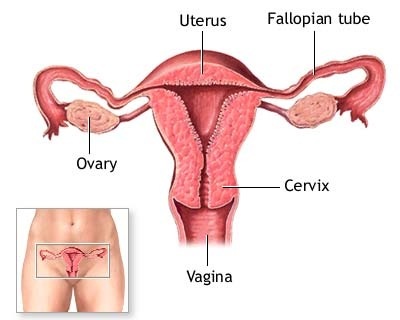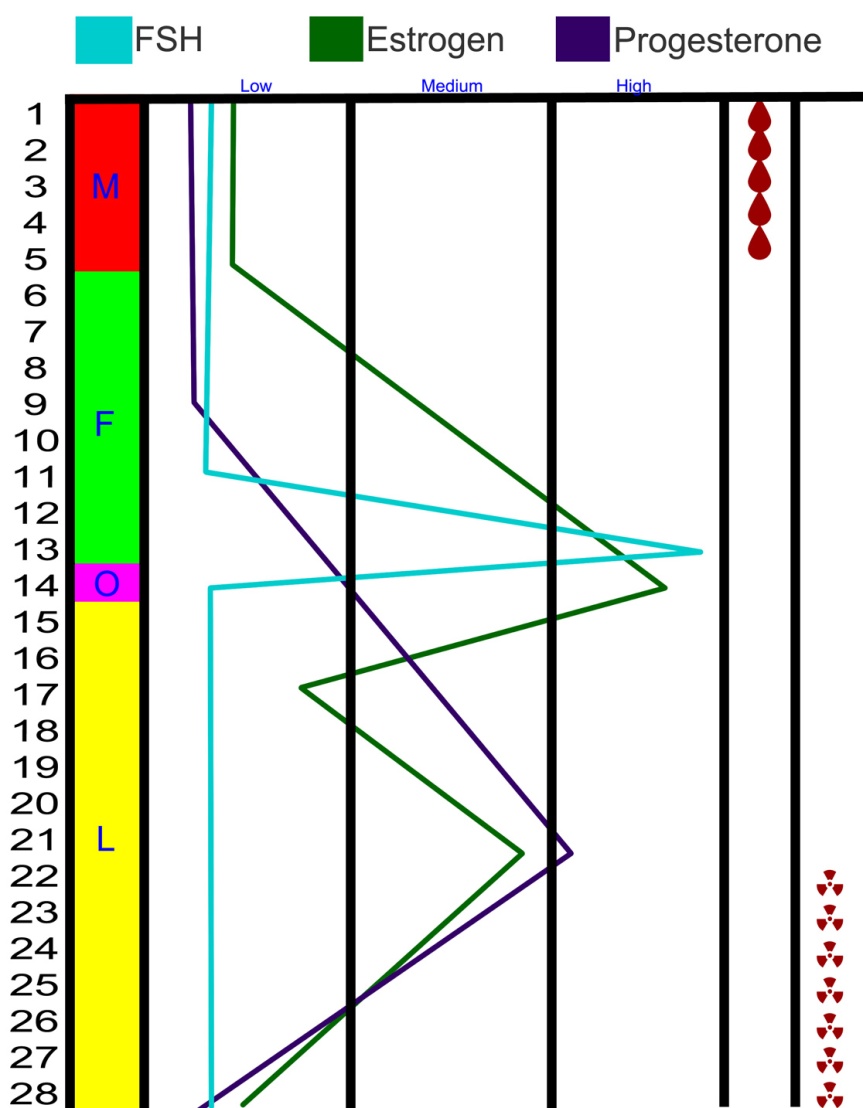Guys, let’s face it: unless you’re gay, celibate, or asexual, your life will most likely be influenced by menstruation at some point. Society treats menstruation as some taboo subject that should not be discussed, but this is utter bullshit. Every guy (except those mentioned above) should have a basic understanding of this natural process women are forced to endure each month.
So, here goes nothing!
Menstruation is the series of bodily changes women undergo each month as part of fertility. The purpose of menstruation is to have babies. If a woman does not get pregnant in a cycle, she will start it all over again. This whole process is regulated by various hormones which increase and decrease throughout the month to facilitate these changes.
Each cycle lasts between 21 and 35 days, averaging at 28 days. A woman’s “period,” or menstrual flow (AKA when they bleed from the vagina), starts on day one and typically lasts between three and seven days. Days 14-17 are when she ovulates and can get pregnant. Assuming a cycle of 28 days, she will start PMS anywhere from day 21 to day 25 and it will last until day 2 of the next cycle.
*Side note: PMS stands for Pre-Menstrual Syndrome and occurs BEFORE bleeding begins.
I bet that sounds confusing. Here’s a graphic:
The droplets are, of course, when bleeding occurs. As you can see, a rapid drop in both estrogen and progesterone results in PMS (symbolized by the radioactive symbol).
The first column illustrates the four phases of the cycle: menstrual, follicular, ovulation, and luteal. The colourful lines show the changes in hormones.
Here is a very basic anatomical chart of the female reproductive system so you can follow along:

Here’s the short short version of what happens:
Days 6-13: follicular phase
During this time, rising estrogen tells the uterus to start thickening its lining with nutrient-dense blood in order to feed a baby. The ovaries prepare an egg, to be fertilized by sperm from a male.
Day 14: Ovulation
When estrogen is high enough, it triggers the follicle stimulating hormone (FSH) to spike, which causes the egg to travel down the fallopian tube to the uterus. When it isn’t met with any sperm, estrogen begins to rapidly decline.
Days 15-28: luteal phase
Progesterone and estrogen increase in order to support a fertilized egg, but when they realize it wasn’t fertilized both hormones drop at the same time. This causes PMS symptoms.
Days 1-5: Menstrual Phase
When progesterone and estrogen are low enough, the uterus is told to shed all the extra blood it saved up during the follicular phase, which is flushed out through the vagina. The uterus muscles contract to push out this material, causing occasionally severe cramping.
A Brief Disclaimer…
It is important to note that this is a general description of what takes place and so makes a few assumptions: 1) That a woman operates on a regular 28 day cycle; 2) That there are no other factors which may influence her cycle, such as cancer or hormonal imbalance; 3) She is not taking birth control pills or other hormone supplements. Not all women ovulate on day 14, and not all women have regular cycles. This is roughly what should happen if everything is working normally.

